Green Kashmari Raisins
Green raisins also know as long raisins. The difference between golden and green raisins is in the percentage of the sulphure. The taste is more natural and grown in a special region in Iran (Kashmar).
Packaging: 10 KG Carton / 12.5 KG Carton
Storage: In a cool, dry, clean and well ventilated place. Storage temperature is between 10-15 Celsius degrees, humidity below 50%
Green raisins are elongated and the grape is distinct regarding softness, sweetness, early ripening and being free of soil contaminants. First, the grapes are immersed in sulphured solution, and then they are hanged on wires to dry.
Related products
Dates
Golden Kashmari Raisins
Golden Raisins
Ripen fruits of different varieties of seedless grapes, which have smooth round shape and amber or golden yellow color. Sulphur gas is being used in the drying process.
The product comes from seedless grapes of the Vitis vinifera variety. Golden Raisins are grown in the sunny vineyard in Iran. They are made using sulfur fumigation process and shade dried so they are golden amber in color with a naturally sweet and fruity flavor.
After two times washing (Double washed), golden raisins are dried, coated with vegetable oil, stemmed, mechanically cleaned, laser sorted and metal detected under care of hygienic condition.
Packaging: 10 KG Carton/ 12.5 KG Carton
Storage: In a cool, dry, clean and well ventilated place. Recommended storage temperature is between 10-15 Celsius degrees
Kabkab Dates
Piarom (Mariami) Dates
Saffron
Saffron is a plant. The dried stigmas (thread-like parts of the flower) are used to make saffron spice. It can take 75,000 saffron blossoms to produce a single pound of saffron spice. Saffron is largely cultivated and harvested by hand. Due to the amount of labor involved in harvesting, saffron is considered one of the world's most expensive spices. The stigmas are also used to make medicine. The Saffron plant is a member of the crocus family, which is cultivated for the sake of the stigmas of its flowers. Saffron is extremely expensive because it takes almost 13,000 stigmas hand-picked and dried from 4,300 flowers to make an ounce (28 g) of Saffron. People don't wander the hills and dales, though, looking for a flower here and a flower there: the Saffron crocuses are cultivated 6 inches (15 cm) apart in rows in huge fields. Anti-Cancer Benefits Research has indicated that Crocin, Safranal and Picrocrocin from saffron may be involved in ant-cancer activity by inhibiting the growth of human cancer cells in vitro. Storage: Store in an airtight container in a dark, cool, dry place. After 6 months, the threads will start to weaken in flavor.

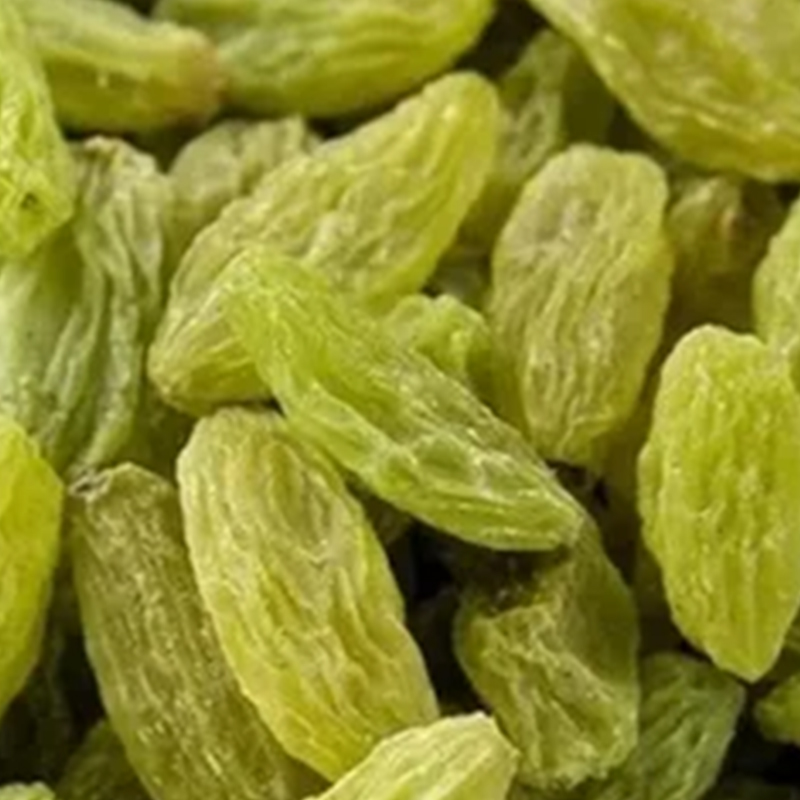
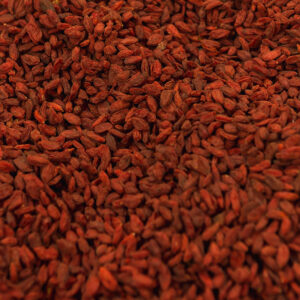

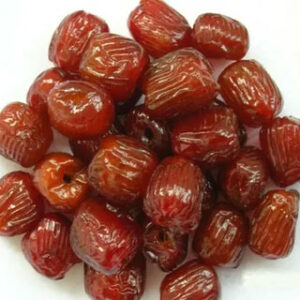


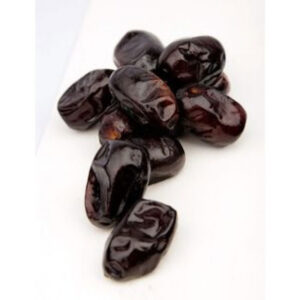

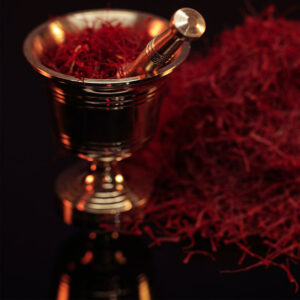
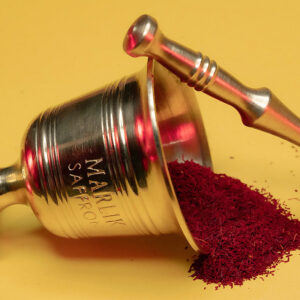

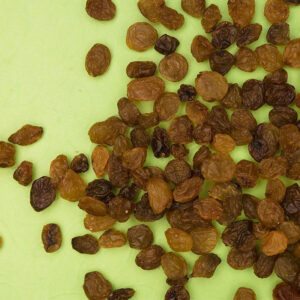
Reviews
There are no reviews yet.